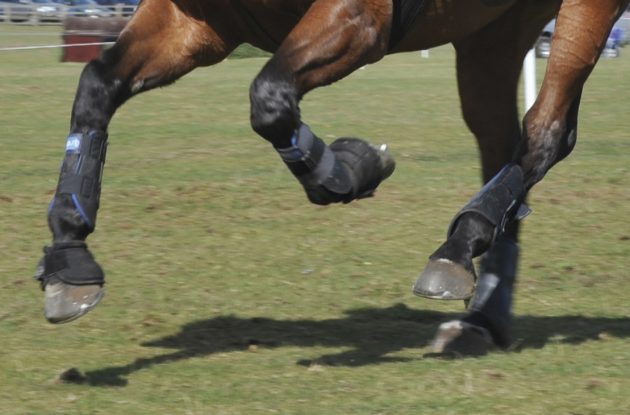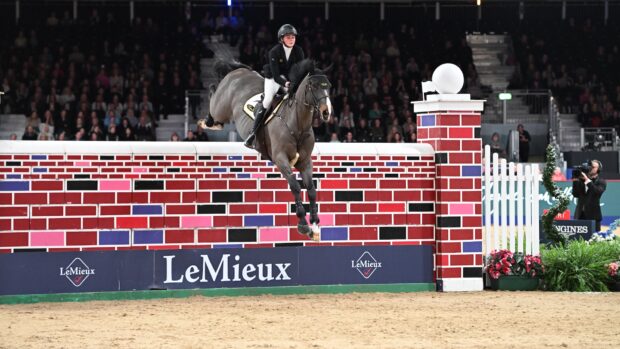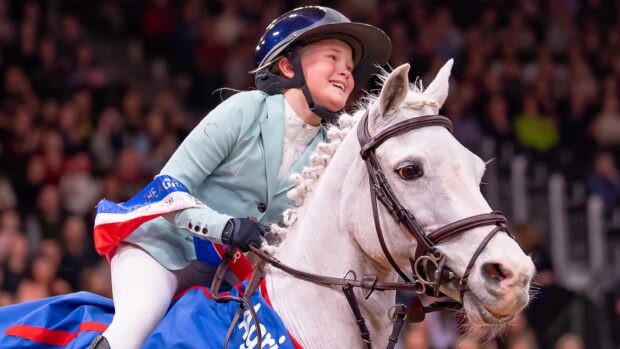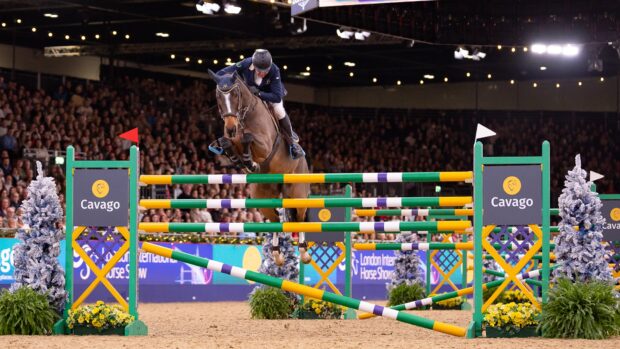A Horse & Hound Podcast advertising special with Boehringer Ingelheim
Welcome to this new podcast episode – on treating tendon and ligament injuries in horses, with Boehringer Ingelheim – a Horse & Hound Podcast advertising special.
H&H’s Polly Bryan chats to Tim Booth, a sport horse vet and surgeon who has a special interest in poor performance and lameness, about why tendon and ligament injuries can be so devastating for horse owners, but how new therapies are providing hope.
We also hear from Olympic dressage rider Richard Davison, and his son international showjumper Joe about their experiences, and why stem cell therapy has proved a game-changer for their horses.
You can listen online here or via your favourite podcast app.
NB: The educational content of this podcast episode is sponsored by Boehringer Ingelheim Animal Health UK Ltd (“BI”). Further information available from BI, RG12 8YS, UK. Date of preparation: May 2023 UI-EQU-0062-2023. Use Medicines Responsibly.
What are tendons and ligaments?
Tendon and ligament injuries can affect any horse, but they’re more likely to occur in active performance horses. But what are tendons and ligaments, and what do they actually do?
“Tendons and ligaments are soft tissues, connective tissues that help bones and joints function,” explains Tim. “The ligaments join the bone to the bone, and transverse over joints and hold bone together, giving it stability and preventing the joint from over-extending or over-flexing.
“The tendons are main mechanism for transmitting energy from muscles to bones. They have an elastic property and lots of fibres that run up and down in parallel lines, and they have a slight elasticity.
“Little tiny micro-tears and damage to these structures is occurring all the time when horses are performing,” he continues. “These little areas of damage will heal and repair, but if you end up doing the same thing time and time again, and overloading an area, these fibres break apart and they struggle to heal themselves.”
The emotional impact of tendon and ligament injuries
When a sport horse sustains a soft tissue injury of this nature, it is often devastating for their connections, because of the time it generally takes for the injury to heal, the unpredictable nature of the rehabilitation period and the high chance of reoccurrence which comes with a tendon or ligament injury.
“We all know injuries happen from time to time and we’re all aware of the risk we take,” says Joe. “The reality is that it does hit you hard. There is always a lot of investment, time and money, that have gone into horses and you really build your career and life around these horses. So when they are diagnosed with an injury that will impact your plan and that investment it really is a big problem to deal with.
“We find it absolutely heart-wrenching,” adds Richard. “It doesn’t matter what level you compete it, the fact the horse will need such a long time off can plummet you into the depths of despair.”
It is an enormous undertaking to bring a horse back to full fitness from this kind of injury, and this makes it especially heart-breaking that tendon and ligaments have a poor capacity for healing, and these types of injuries have a high reoccurrence rate.
“When we have an injury to that area and you have the natural healing process, instead of the fibres being in straight lines with a lovely crimp that holds the collagen together, you have disorganised fibres going in different directions and it puts an area of stress on the tendons,” says Tim.
“So instead of it acting as one uniform piece of material, you have an area of scar tissue which is incredibly strong , but so strong that it is fibrous and easy to break. So then we see injuries reoccurring either around it or above and below it.”
The effect of stem cell therapy on healing
Thanks to scientific developments, we can now help to lower the risk of reoccurrence by using stem cell therapy for tendon and ligament injuries.
“We can inject the stem cells into the damaged tissue and they will direct the healing process, getting the best quality heal possible,” explains Tim. “The stem cells don’t stay in the damaged tissue for too long, they sit around it and direct that healing.”
And what is really exciting for horse owners right now is that stem cell therapy is now becoming so much more widely available and accessible — and a very realistic treatment option for those who have horses suffering from tendon and ligament injuries.




